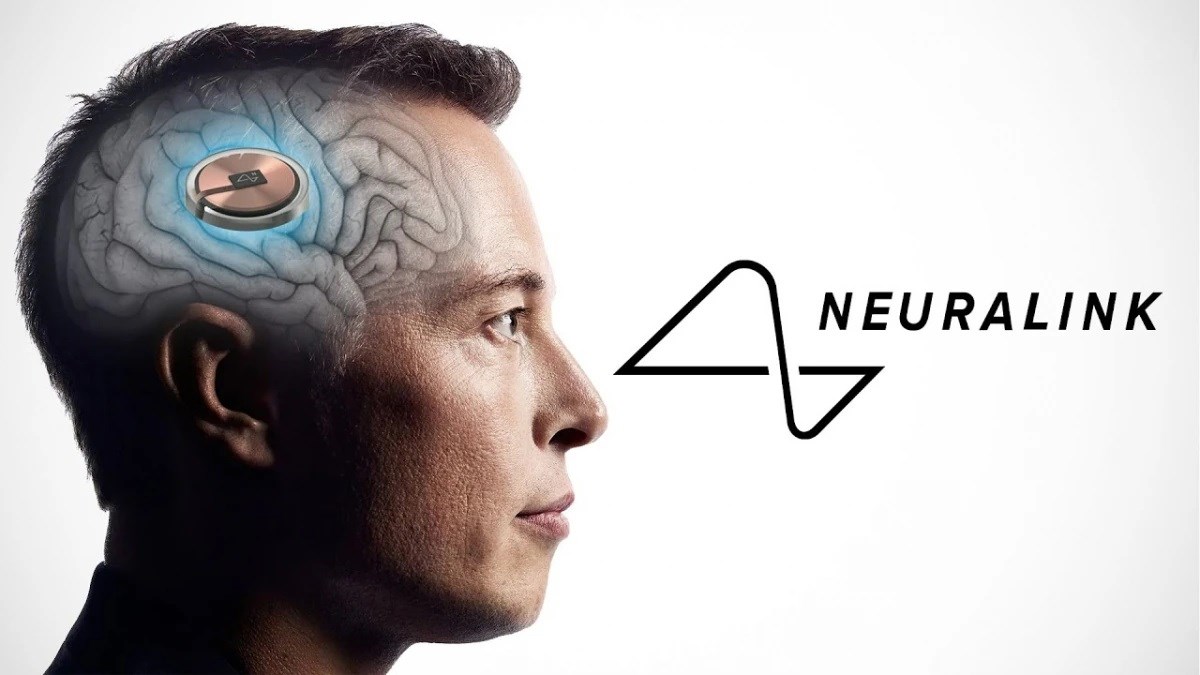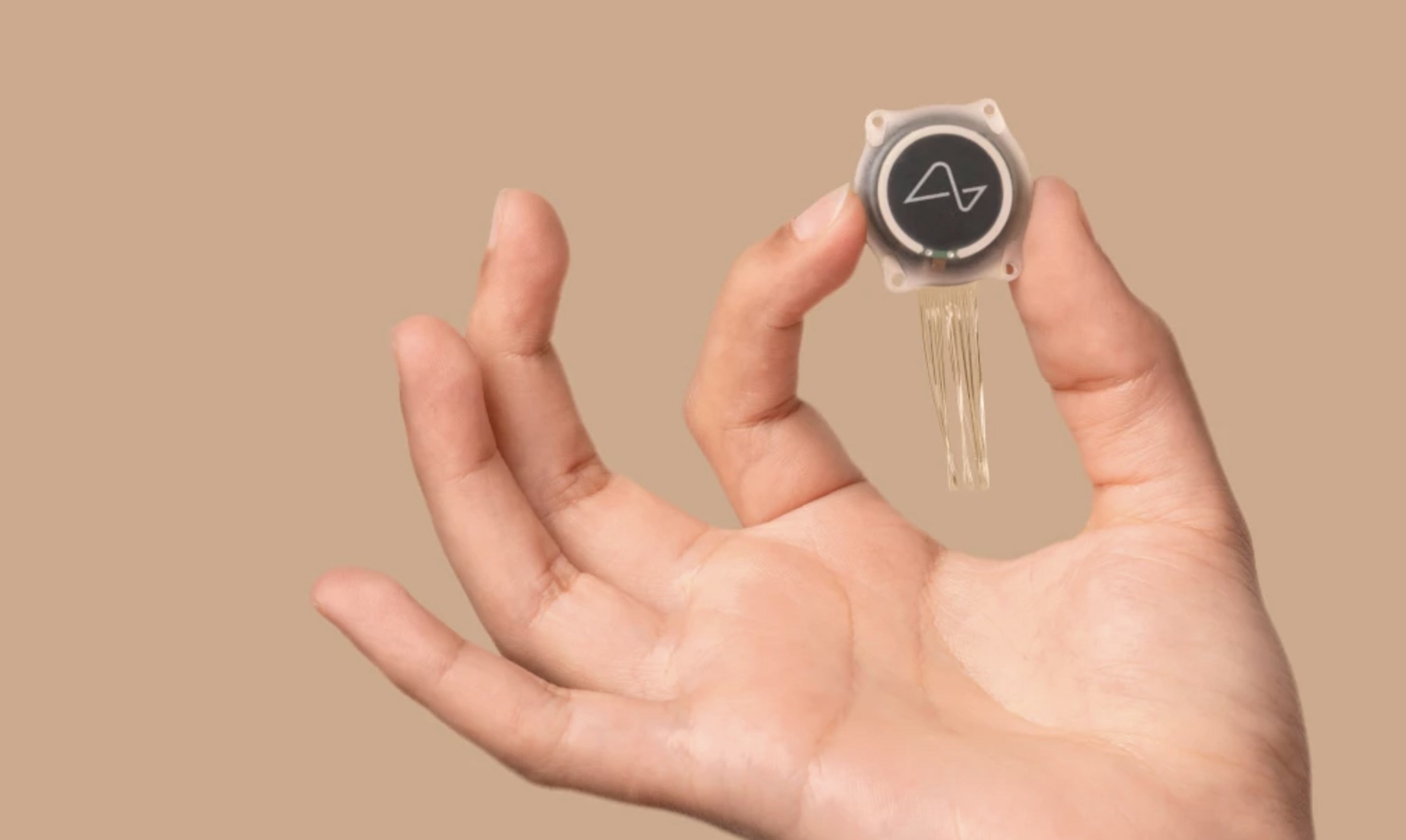 A few months after receiving FDA approval for human trials, Neuralink is seeking its first test subjects. The first six-year trial, called “PRIME Study” by the company owned by Elon Musk, aims to test Neuralink technology, which is designed to help paralyzed people control devices.
A few months after receiving FDA approval for human trials, Neuralink is seeking its first test subjects. The first six-year trial, called “PRIME Study” by the company owned by Elon Musk, aims to test Neuralink technology, which is designed to help paralyzed people control devices.Neuralink started collecting test subjects
The PRIME Study (which stands for Precise Robotically Implanted Brain-Computer Interface, but that acronym means nothing) is set to investigate three things at once. The first is the N1 implant, Neuralink’s brain-computer device. The second is the R1 robot, the surgical robot that will insert the device. The third is the N1 User Application, which is software that connects to the N1 and translates brain signals into computer actions. Neuralink says it plans to test both the security and effectiveness of all three parts of the system.
The six-year testing period seeks people with quadriplegia (paralysis) due to vertical spinal cord injury or ALS, who are over 22 years of age and have a reliable caregiver to be part of the study. To be clear: this isn’t the all-encompassing brain computer Musk has been talking about for years. Musk has talked for years about the potential for telepathy and using Neuralink to help humans keep pace with artificial intelligence, and the system Neuralink plans to test isn’t anything close to that goal. However, this is a step towards this goal.
The program will last 6 years
 Researchers have also long been testing implants that allow paralyzed people to control computers and other devices. For example, two recently published studies showed that brain-to-computer interfaces could help ALS patients communicate by typing on computers.
Researchers have also long been testing implants that allow paralyzed people to control computers and other devices. For example, two recently published studies showed that brain-to-computer interfaces could help ALS patients communicate by typing on computers.Neuralink has been a magnet for controversy over the years, both due to Musk’s excessive promises and the company’s internal practices. For example, the treatment of monkeys in testing has repeatedly been a problem. Musk recently said the tests were conducted only on “terminal monkeys” and that no monkeys died as a result of the Neuralink implant, but regulators have identified many problems with the treatment of the animals. The company is also under investigation for illegally transporting devices contaminated with pathogens extracted from monkeys.
Participants in the RIME Study will first participate in an 18-month study. After that, they will spend at least two hours a week in brain-computer interface research sessions and will be tested intermittently over the next five years. Neuralink does not say how many subjects it is seeking or when it plans to start the study, but only that it plans to cover “study-related expenses,” such as transportation to and from the study site. Neuralink has been working on the N1 system since 2017 and is one of the first companies in the industry to begin developing a commercial BCI (brain-computer interface).